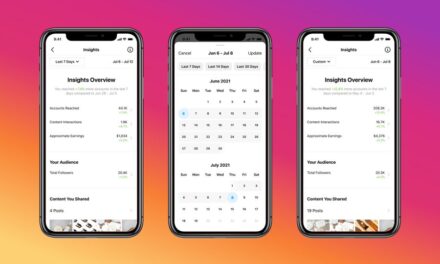With traditional media the concept is simple; you buy media and get an invoice for the media you buy that shows exactly when and where it ran.
With programmatic, not so much?! If you aren’t regularly checking your site delivery report and the tail aggregate, you might be surprised at what you find.
The industry is doing a better job of fighting outright fraud but is still lagging way behind in ensuring open market programmatic buys deliver quality, and only quality, sites.
There are two main reasons for this, in my opinion, and a couple of potential solutions.
REASON #1
Fighting for the lowest CPM rigs the system and is hurting your campaigns.
With traditional media, you want the lowest possible price for inventory. That leads many clients (and their agencies) to think that a lower CPM means they’re getting a better deal.
The reality is they’re not! The CPM in the open programmatic market is often indicative of the quality (and availability) of the inventory, meaning more premium costs a bit more to clear (remembering that bidding in programmatic is more like buying stocks than negotiating rate).
There is no question that when bought programmatically, an ad on USAToday.com provides a much better brand value (and most likely a better user experience) than mycampingboots.com.
If you or your agency are buying on just CPM alone, it’s like you’re at the bakery buying day-old bread, not the fresh inventory that you really want!
REASON #2
The trading platforms say they’re software companies, not publisher police.
In traditional, if a TV spot runs incorrectly you can ask for and receive a credit.
Programmatically – not so much.
Trying to discrep a campaign in programmatic is virtually impossible. The exchanges say that they are actually just providing a software solution connecting buyers to publishers. Trying to contact and discrep a campaign with a publisher is dubious at best (not necessarily fraudulent, but certainly built to game the system).
Some trading platforms are working to help marginally, but not nearly enough and that’s because there isn’t currently a way to hold them as accountable as the publisher.
NOW, two potential solutions —
First Solution: Read your site lists and ask questions – LOTS of questions.
Our YouConnex trade team spends an inordinate amount of time on just checking site lists and trying to weed out the bad apples. It’s ridiculously time consuming, and like a dike with holes in it, requires daily optimization…and even then it’s still challenging.
Solution 2
Ask yourself, “What are my real KPIs?” and put the work in to achieve them.
A $4CPM can be built to look pretty on a click- through report (lots of bogus clicks on those lower quality sites).
If you are trying to buy real people and wanting them to do real things, a “data first” approach may allow you to focus more on the consumer themselves, and then later on only premium site lists and/or to use private marketplace options to increase likelihood of real views.
There’s also no shame in asking for some help from an outsourced managed services provider whose job it is to help optimize these campaigns.
HAPPY HUNTING














